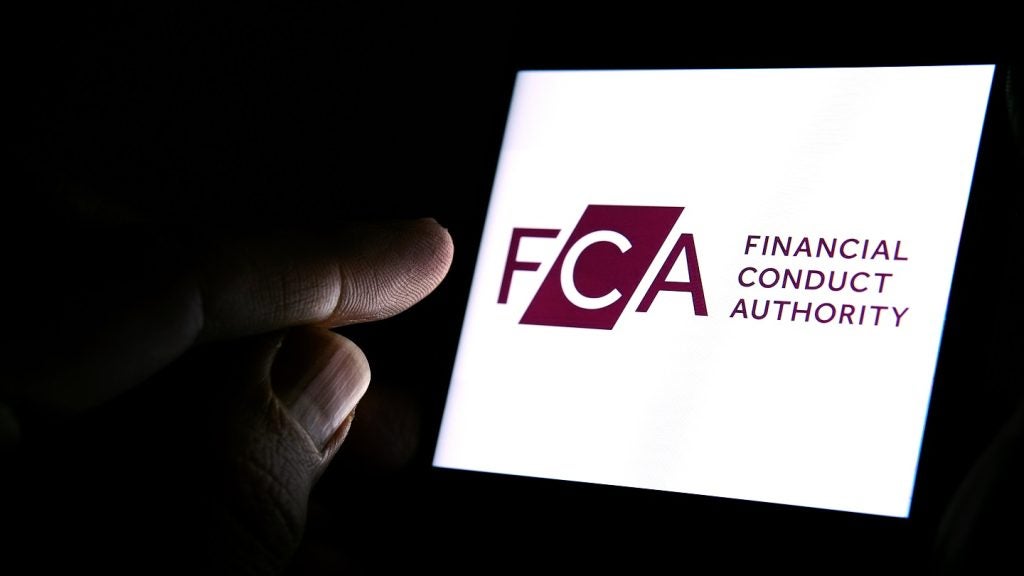In the wake of a chaotic period for the banking industry – a
period which has seen a procession of big-ticket mergers and
acquisitions, banking failures and government bail-outs – the
number of banking groups with over 5,000 branches and outlets has,
according to new RBI research, continued to rise.
 Over 40 banking
Over 40 banking
groups now boasts branch networks of over 2,000 units, with around
25 controlling over 5,000 and beyond. And while state-owned giants
in emerging economies such as China, Brazil and India feature
prominently, there are an increasing number of Western banking
groups now running vast branch networks.
Top of the list is Spain’s Santander, with
14,137 branches worldwide. It is followed by Crédit Agricole,
UniCredit, HSBC and, further down the list, the likes of BBVA, BNP
Paribas and La Caixa (see table below).
In many single markets – including the US, the
UK, France and Germany – retail banking has become concentrated on
fewer, bigger players with enormous branch-based distribution
power. As the industry, particularly with regards to retail
banking, has consolidated in the wake of the global financial
crisis, issues over competition and market power may continue to
arise for regulators and governments, and become more acute.
In the US, the top three retail banks – Wells
Fargo (which has 10,455 ‘stores’ since its merger with Wachovia,
though of this figure, 6,686 are defined as traditional bank
branches), Bank of America (6,139) and Chase (5,474), now control
over 30 percent of US deposits. In the UK, the newly formed Lloyds
Banking Group boasts around 3,100 branches, over 500 more than its
nearest rival (RBS/NatWest).
In India, State Bank of India (SBI) already
has more branches (11,448) than its three nearest rivals put
together – and that is before it finalises an on-going proposed
merger with its six associates banks that would increase yet
further its physical distribution points.

US Tariffs are shifting - will you react or anticipate?
Don’t let policy changes catch you off guard. Stay proactive with real-time data and expert analysis.
By GlobalDataUnsurprisingly, many banks with large networks
across all markets are investing in their branches in an effort to
maximise their competitive advantage in a world that is now valuing
branch-based banking more than ever.
SBI for one says that a new operating
architecture has enabled “rapid and cost-effective growth” in its
network, with nearly 800 new branches added during the past fiscal
year. Moreover, all 11,448 branches are now linked on one corporate
internet banking platform.
In the US, Chase has pushed through the
rebranding of old Washington Mutual branches “in record time”. At
the end of May, eight months after initially acquiring the bankrupt
WaMu franchise, Chase reported that it had finished the first of
three stages to bring all of WaMu’s customers and branches onto the
Chase platform. By the end of this year, all customers will have
“full access” to Chase’s 5,500 strong franchise and 14,568
ATMs.
Branches as easy as ABC
According to the list compiled by
RBI, Agricultural Bank of China (ABC), the least developed
of the country’s Big 4 banking groups, controls the world’s largest
branch network outside of the major postal banks with just over
24,000 branches (China Post, in contrast, has 46,000 outlets –
see RBI 611).
Other major ‘superbanks’ – defined as banks
with branch networks over 2,000 units – include Bank of China and
Russia’s Sberbank, which has 20,409 outlets including its
sub-branches.
But while Chinese and other BRIC economy
banking groups retain large branch networks due mainly to their
state-owned legacies, a number of financial institutions based in
Europe and the US have significantly increased their branch
footprint over the past 12-18 months, forming a new breed of
financial groups with 5,000 branches and up.
Spain’s Santander, after having picked up two
UK franchises last year (Bradford & Bingley and Alliance &
Leicester), moves into the global top five with over 14.000
branches in all. The figures include its now fully owned US
subsidiary, Sovereign Bancorp, which it acquired outright at the
start of the year. Sovereign has 750 banking offices and over 2,300
ATMs.
The worst of times
A number of recent market reports
from the likes of Boston Consulting Group (see RBI 611)
and JD Power (RBI 613) continue to espouse the benefits of
branches in times of stiff competition. A recently updated report
from VRL – entitled Branch Banking – Best Practices in the
Worst of Times – focuses entirely on the benefits branches
offer in terms of selling (see page 10).
And bankers themselves continue to stress the
advantages that branches offer them. At the end of April, Spain’s
Bankinter, which has long championed a multi-channel service-driven
strategy, topped the RBI list for the world’s most
successful cross-sell banking institution with 6.34 products per
retail banking customer (see RBI 611).
Ignacio Lozano, director of individual clients
at the Madrid-based bank, told RBI that his bank’s main
focus is not to over-sell to its customer base; the high cross-sell
ratio is borne from a strong customer service ethos supported by a
smooth multi-channel distribution platform across branches, online
and mobile phones.
“It is about quality of relationships above
everything else and the quality of service,” he said. But he
stressed that branches are vital to establish the initial customer
contact.
“If you want to establish a relationship you
need a branch,” Lozano stated.
| DISTRIBUTION | ||||||||||
| Worldwide – 20 selected ‘superbanks’, banking groups with over 5,500 branches, 2008 |
||||||||||
| Worldwide branches | Worldwide ATMs | Retail customers (m) | ||||||||
| Agricultural Bank of China | 24,064 | 30,089 | 350 | |||||||
| Sberbank | 20,409 | 17,500 | n/a | |||||||
| ICBC | 15,676 | 35,741 | 190 | |||||||
| Santander | 14,137 | 26,267 | 90 | |||||||
| China Construction Bank | 13,374 | 35,491 | 156 | |||||||
| Crédit Agricole | 11,850 | 10,400E | 32 | |||||||
| State Bank of India | 11,448 | 8,581 | 100E | |||||||
| Bank of China | 10,789 | 19,000E | 130 | |||||||
| Wells Fargo + Wachovia | 10,455 | 12,361 | 26 | |||||||
| UniCredit | 10,251 | 15,252 | 26 | |||||||
| HSBC | 9,500 | 16,500E | 100 | |||||||
| Intesa Sanpaolo | 8,496 | 11,000E | 20 | |||||||
| Banque Populaire + Caisse d’Epargne | 8,191 | 12,500E | 34 | |||||||
| BBVA | 7,787 | 17,136 | 48 | |||||||
| Citi | 7,730 | 17,000E | 75 | |||||||
| BNP Paribas | 7,100 | 10,000E | 20 | |||||||
| Société Générale | 6,700E | 8,282 | 24 | |||||||
| Bank of America | 6,139 | 18,685 | 59 | |||||||
| la Caixa | 5,422 | 8,113 | 10 | |||||||
| Bradesco | 5,574 | 29,913 | n/a | |||||||
Source: RBI







